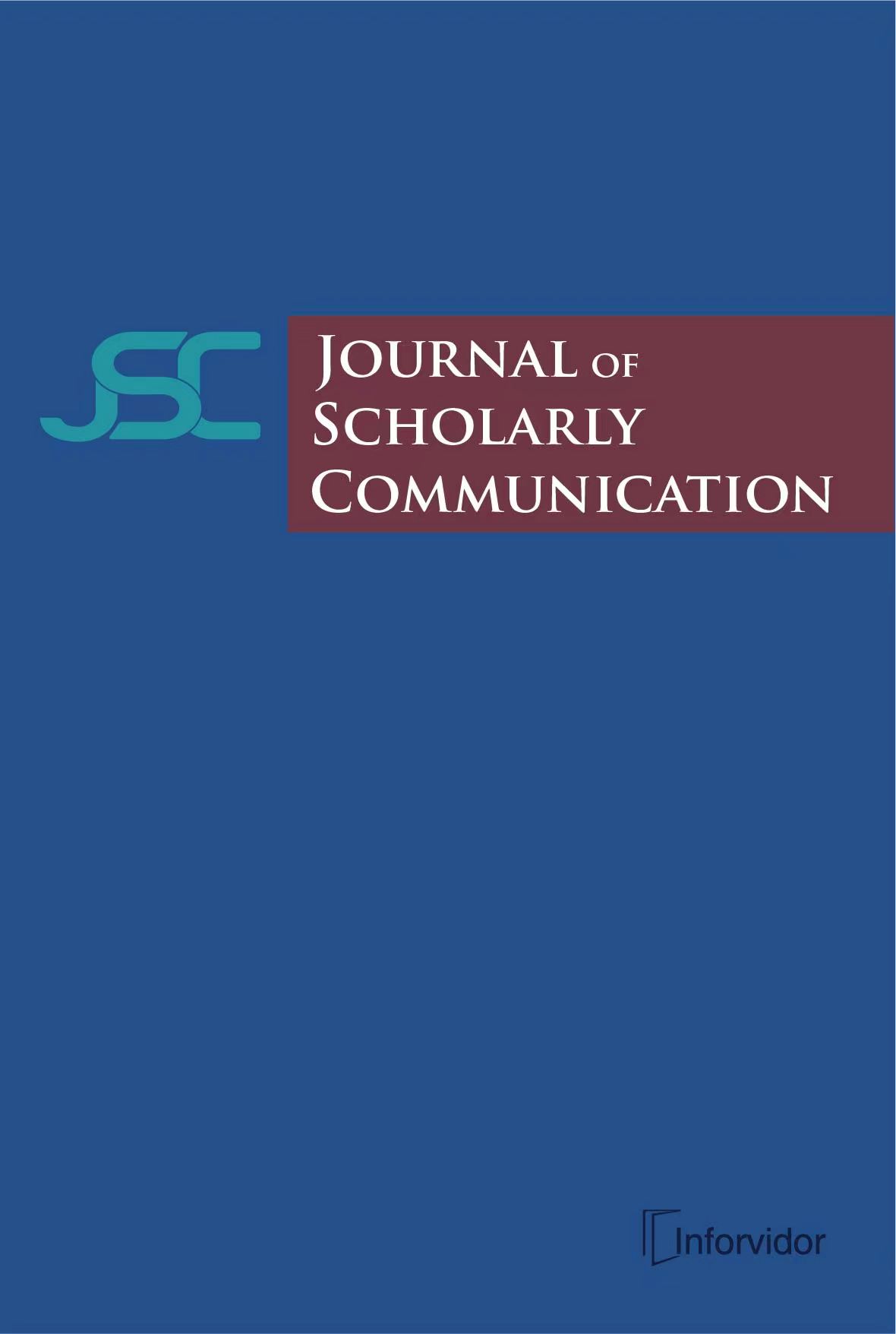The Development Status and Countermeasures of Biomedical OA Journals in China: A Study Based on Statistical Analysis of the Journal Indexed Data in PubMed Central and DOAJ
Published 2025-10-09
Keywords
- DOAJ,
- PMC,
- Open Access,
- Gold OA,
- Diamond OA
- Bronze OA,
- Hybrid Publishing ...More
Copyright (c) 2025 Authors

This work is licensed under a Creative Commons Attribution 4.0 International License.
How to Cite
Abstract
This study aimed to analyze the characteristics of biomedical journals included in PubMed Central (PMC) and DOAJ, summarize the OA countermeasures of biomedical journals in China and provide a reference for the development of OA in biomedical journals in China. Firstly, this study retrieved and analyzed the features of biomedical journals indexed in PMC and DOAJ, including languages, OA types, CC licenses, peer review strategies, publishers, and APCs. Statistical processing was performed by SPSS 22.0 on the data of each feature, and a normal distribution test was performed on APC. By Dec. 31, 2023, DOAJ had included 92 (vs. PMC 103) of China’s biomedical OA journals, of which 29 do not charge APC (diamond OA journal) and 63 charge APC (gold OA journal). China’s biomedical journals included in PMC and DOAJ showed significant statistical differences in various characteristics, including language(P<0.05), OA model (P<0.05), and CC license (P<0.05). APCs all exhibit a positively skewed distribution either in DOAJ or in PMC. The peer review method for China’s biomedical journals is mainly single-blind peer review, followed by double-blind peer review, with a relatively evenly distribution, and no statistically significant differences are shown between groups (P>0.05). CC BY-NC-ND is the most commonly adopted license by China’s biomedical journals, both in DOAJ and PMC, but there are significant differences between them (75.00% vs 47.57%). In terms of publishers, among the journals included in DOAJ, non-corporate editorial offices have the highest proportion (40.22%), followed by KeAi (26.09%) and Elsevier (8.70%). Among them, non-corporate editorial office owned journals are mainly Chinese journals. Among the journals included in the PMC, AME is the largest publisher (17.48%), followed by Elsevier (12.62%) and Springer Nature (8.74%). Among the 46 biomedical journals included in both DOAJ and PMC, English journals account for the vast majority (97.82%); gold OA, CC BY-NC-ND, and single-blind peer review are the main features of the journals mainly included in the list. The APCs of Chinese journals are significantly lower than those of English journals, with an average APC of $2065 ($400-4500) for English journals, and exhibit a normal distribution but far below the APC standards reported by internationally renowned journals in the literature. Currently, Bronze OA is the main OA type for biomedical journals in China. Compared to gold OA, diamond OA, or hybrid, bronze OA journals are short of clear OA statements, along with unclear copyright announcements. By referring to the journal indexing criteria of PMC and DOAJ, along with the OA characteristics of the included journals, it is helpful for the development of biomedical journals in China.

